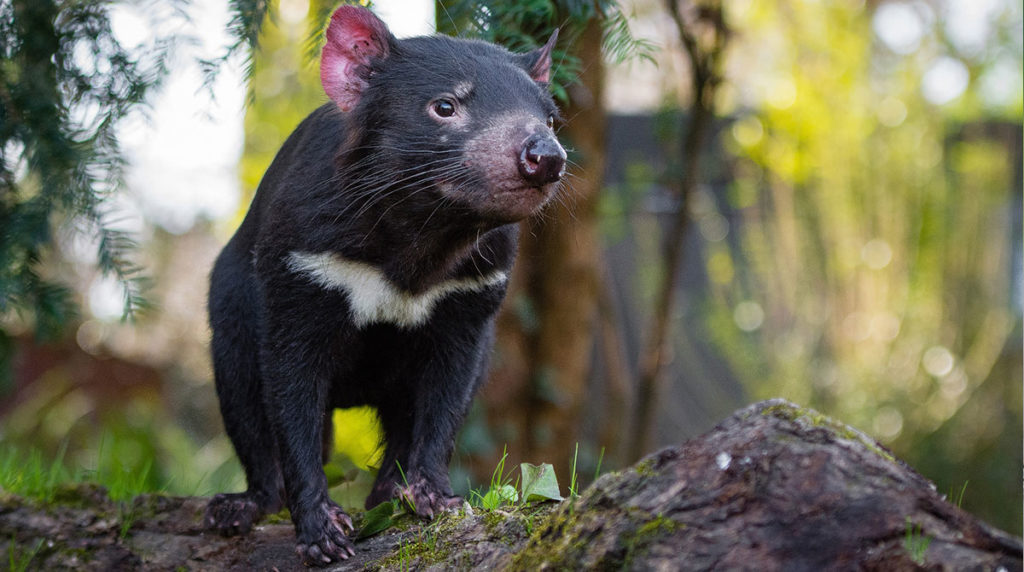
My upper intermediate classes of young adults often know more than I do about many of the subjects we briefly comment on as we go from one to another, alighting just long enough to say something, never long enough to explore the area. These forays we make never carry us far, but as we take off and touch down time after time, the students, taking the controls, learn to maneuver the jet. Unlike a real plane, this one is hard to crash; the worst you can do is bounce along awkwardly or run into some weeds. Nothing important is at stake. So I don’t care what opinion they express as long as they speak. This, however, is difficult for some students, who apparently do care, and won’t speak just for the sake of speaking. These students are so quiet you’d think they’d been told to hold their tongues until the idea in their brains was a fully developed thesis. And here I was, encouraging them to drop down and comment on the landscape, on any old feature, with any half-cocked opinion. Yes. Take a look out the window as we descend. New speed limits in town, the proliferation of wind turbines, or the change in the nearby beachfront lot from scraggly field to high-rise apartments. The students didn’t even have to land, I was suggesting, or wait until everything was life-sized and in focus, but could take it in as we flew low overhead, before moving on. If you know something about it, say it. If you’ve got a reaction, let’s hear it. But they hesitate, appearing to think a comment is a commitment, not to be undone by saying, “Oh, how silly of me,” or, simply, “I was wrong.”
Despite their reluctance to speak, they have a wealth of knowledge, and it is a surprise when I know about some random subject, and they do not. Damien Hirst—eight students ranging between 17 and 26, and not a one had heard of him. Okay, they aren’t art students, but then neither am I. Maybe Hirst just isn’t current anymore, and I’d failed to notice.
I got another surprise when a student asked me about the word fast, used as a verb. After explaining it to the class, I said they knew the word from the compound breakfast—to breakfast is to break a fast. Oh, they said, examining in a new light that common word.
“It’s just like Spanish, isn’t it?” I commented offhand, but their blank faces led me to elaborate: “Desayunar. Un-fast. Same thing, right?”
The two most engaged students gasped and turned to each other, wonder in their eyes, the unspoken thought transmitted in their gaze: I didn’t know that! Did you know that?
Watching them, I was mildly amused. So many chances in our hour and a half for wonder, for surprise, for stopping mid-conjecture to be astonished, to let that emotion drench us, and yet they were usually as cool as cucumbers. Nothing surprised them—not what they knew, not what they didn’t. Except for now, with this familiar-as-the-back-of-your-hand word in their own language that they’d used since they could first speak, and suddenly they had seen it differently, as if the patina of years had dissolved and the word beneath was exposed, as new and shining as when first used. “What,” I asked. “You didn’t know?”
Speaking for them both, one of the students, shaking his head in disbelief, said no, he’d never realized. “Desayunar,” he repeated, giving new life to a common word.
In contrast, I usually do know more than the younger students about everything except pop music, both Spanish and American television series, and brand-new cinema. Oh—and designer clothes. So when doing a reading with a group of 12-year-olds, after briefly looking for any words that might be unfamiliar to them, I asked if they knew what a Tasmanian devil was. Only one student raised his hand. “A monster in Looney Tunes?” he asked.
I laughed because this same student, two years younger than his classmates, had known the word bunny whereas the others, not familiar with Bugs Bunny, hadn’t.
By happy chance, as I quickly searched on my tablet for an image of a Tasmanian devil, up popped Bugs Bunny facing off with a Tasmanian devil. Hah! That would please the 10-year-old. But seven minutes of video made it far too long to show the class. Perhaps, I thought, I could find a shorter clip later.
When I looked for one, though, I found instead an appealing article, “The Tasmanian Devil Makes a Comeback.” The ferocious marsupial, I learned—the same one big and brawny enough to stand up to Bugs Bunny—is not actually so ferocious. Rather than hunt down their dinner, devils live on carrion, and the good they do the environment is not through killing other predators such as feral cats and foxes, but simply by scaring them into shorter hunting hours and thereby sparing their small prey.
Everyone deserves a comeback. Maybe one day, long after the success of the Tasmanian devil reintroduction will have ceased to be new and exciting, even the ordinary foxes and the cats, with a helping hand, will get a comeback. Maybe all the humdrum everyday words deserve a moment of tribute, such as desayunar got from the rapt students, savoring the newly prized word. And Damien Hirst? Is he waiting for a comeback? Well, I’m as ignorant as my students, they unaware that he existed and I guessing that he had ceased to matter. “He’s been pretty much ever-present for the best part of 30 years,” I read, his stock “rising, falling, and rising again.” Comeback after comeback, and not all over for him, after all. How silly of me to think otherwise! And while I was still there, on that dusty airstrip in my noisy little single-engine prop plane, I paused for another look around. So much to see! So much to wonder about! Nothing at stake but pride!

